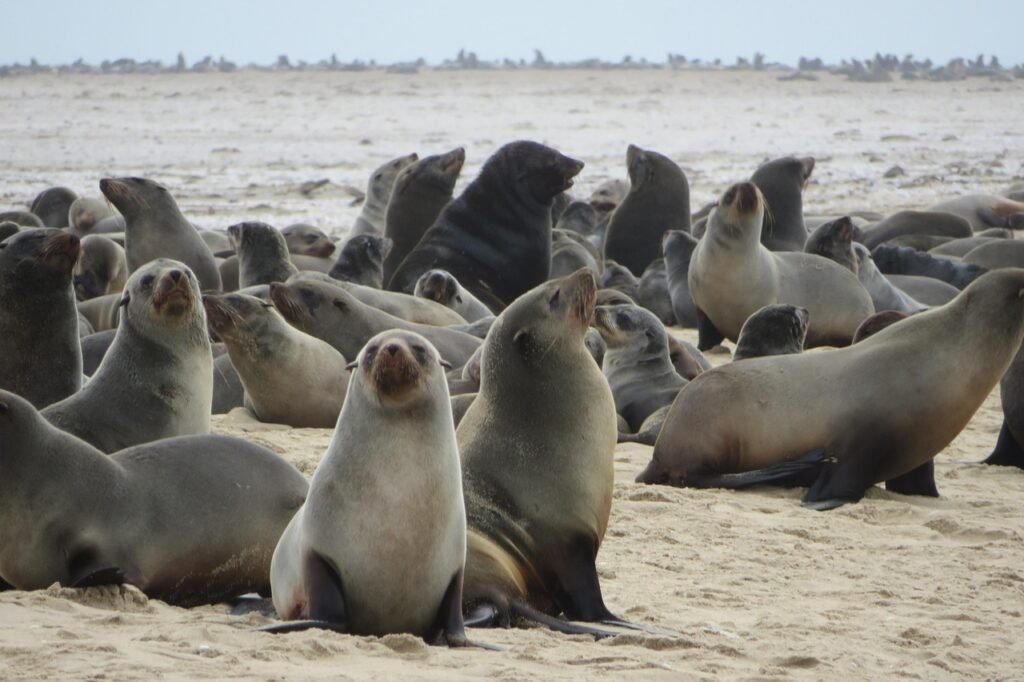Imagine a place so otherworldly, so strikingly beautiful yet so alien, that it seems to defy the rules of life and death—a place where the line between the living and the lifeless blurs in the shimmering heat. That place exists, and it’s Lake Natron in northern Tanzania. Here, the animals that touch its waters are transformed into haunting sculptures, their forms frozen in time by the lake’s lethal alchemy. It’s as if Medusa herself cursed the land, turning unsuspecting creatures to stone. But there’s more to this place than morbid mystery; it’s a living laboratory, a brutal yet breathtaking testament to Earth’s wild creativity.
The Setting: Lake Natron’s Alien Landscape
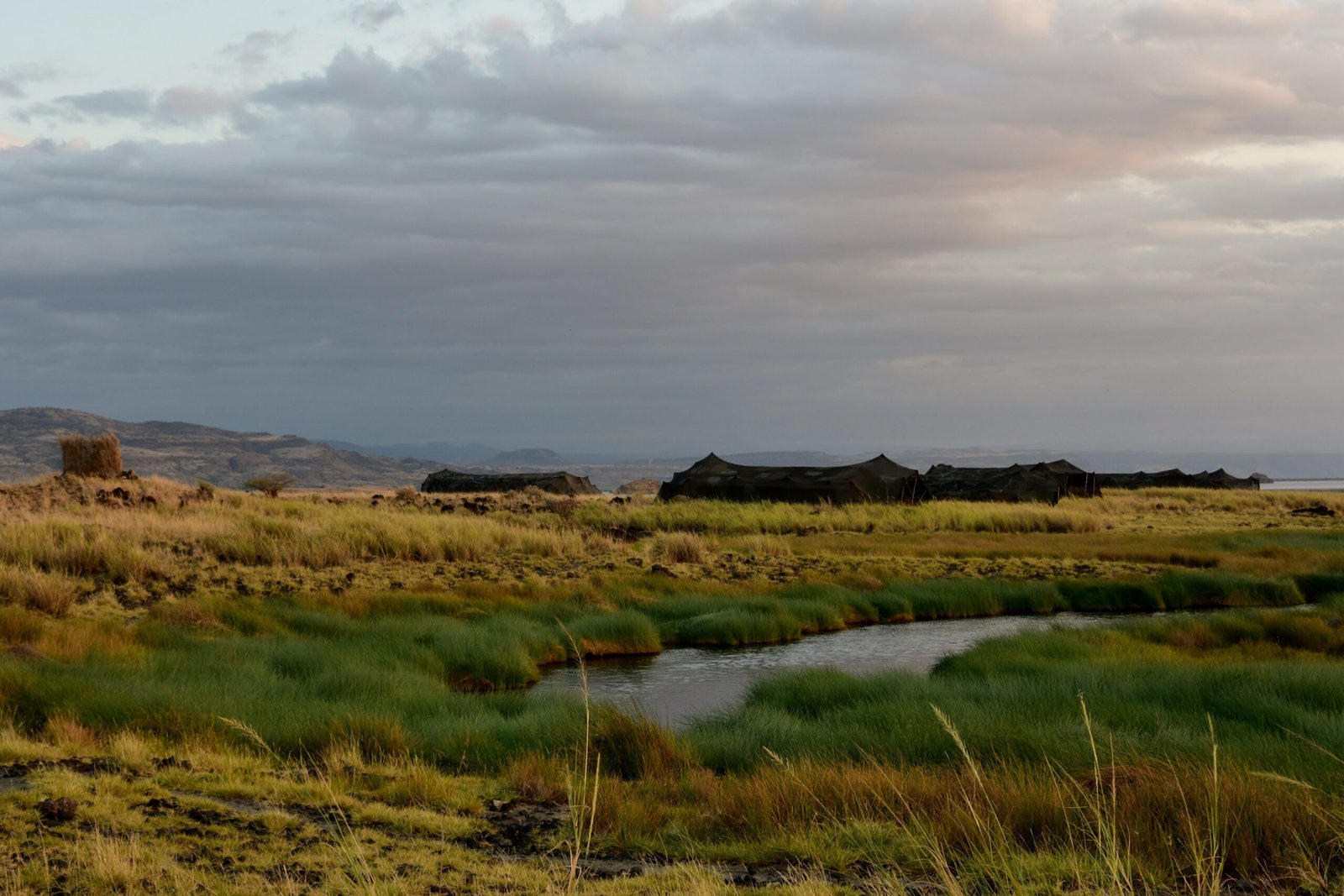
Lake Natron sits in the shadow of the active Ol Doinyo Lengai volcano, surrounded by a rugged, stark landscape that looks like it belongs on another planet. The lake’s surface shimmers with hues of red, orange, and pink, thanks to the presence of salt-loving microorganisms and minerals. It’s a shallow, alkaline lake, stretching about 35 miles long but rarely more than six feet deep. The intense heat, reaching up to 60°C (140°F) at times, only adds to its harsh personality. When you first see Lake Natron, it’s hard not to feel a chill—despite the sweltering sun—because it’s clear you’re standing somewhere truly unique, even a bit intimidating.
Why the Waters Are Deadly
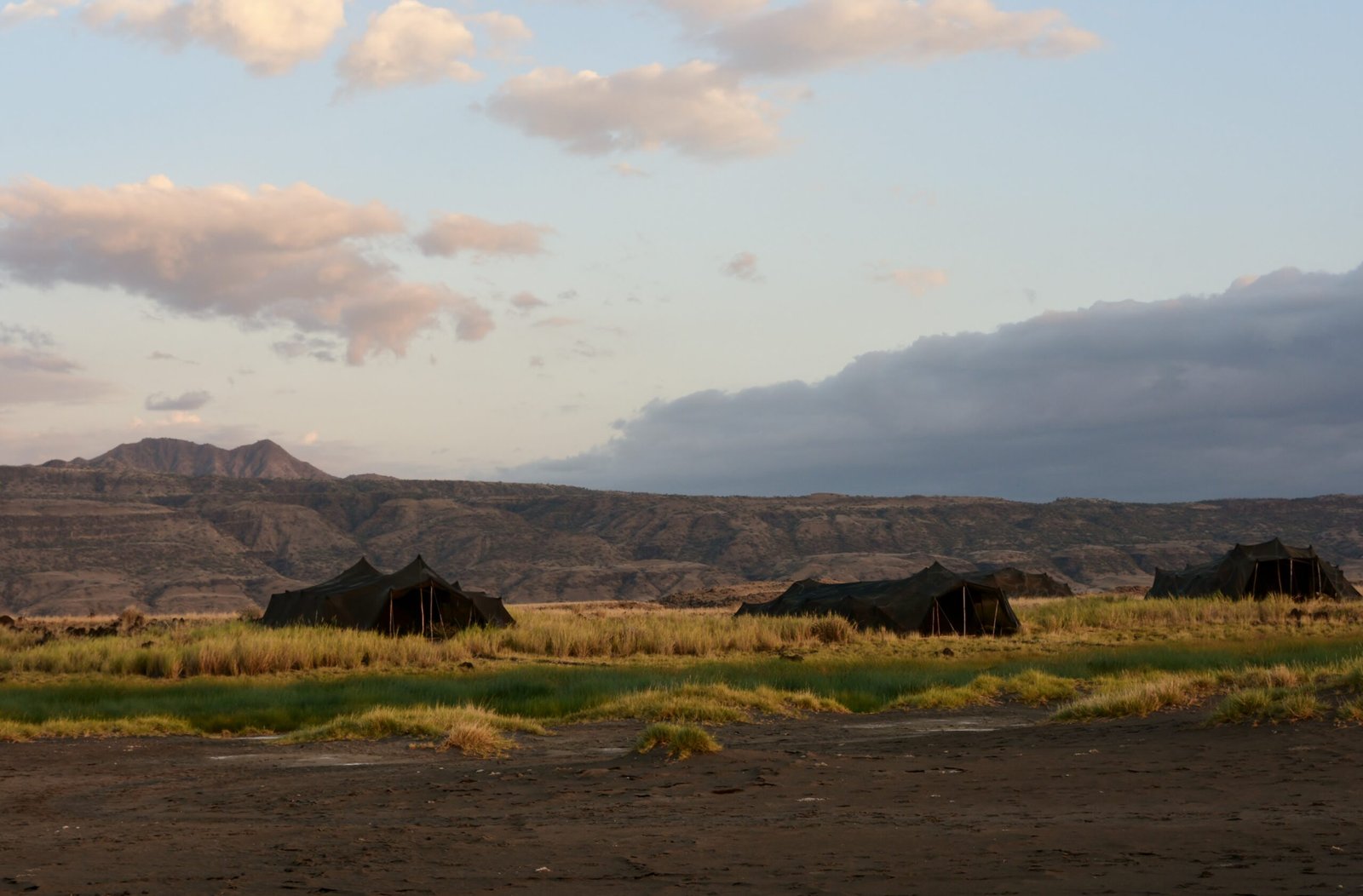
The secret behind Lake Natron’s deadly reputation lies in its chemistry. The water is saturated with sodium carbonate and other minerals, making it extremely alkaline with a pH as high as 10.5—similar to ammonia. This caustic environment is inhospitable to most forms of life. Animals that aren’t adapted to these conditions can suffer burns, blindness, or even death if they come into direct contact with the water. For many creatures, the lake is a lethal trap. Yet, it’s within this danger that Lake Natron’s most bizarre wonders are born.
The Stone Animal Phenomenon
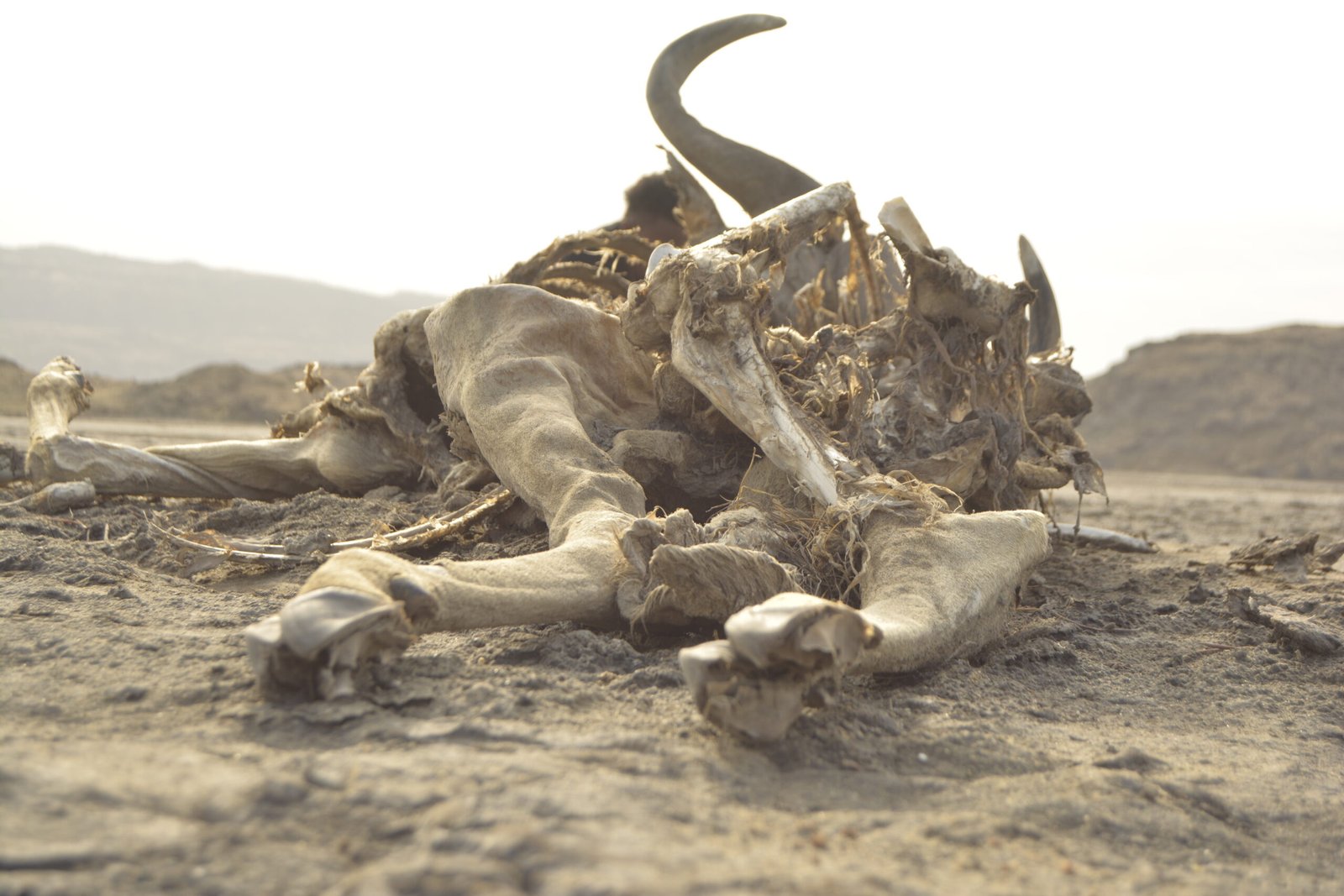
Perhaps the most chilling spectacle at Lake Natron is the sight of animal corpses—birds, bats, and even small mammals—preserved in eerily lifelike positions. When animals die and fall into the lake, the salty, alkaline waters rapidly desiccate and calcify their bodies. The process leaves behind what look like stone statues, frozen mid-flight or mid-step. These grim relics have led to rumors of a “petrifying” lake, and while the animals aren’t truly turned to stone, the effect is hauntingly similar. It’s nature’s own morbid artistry, a gallery of life halted by chemistry.
The Science of Calcification
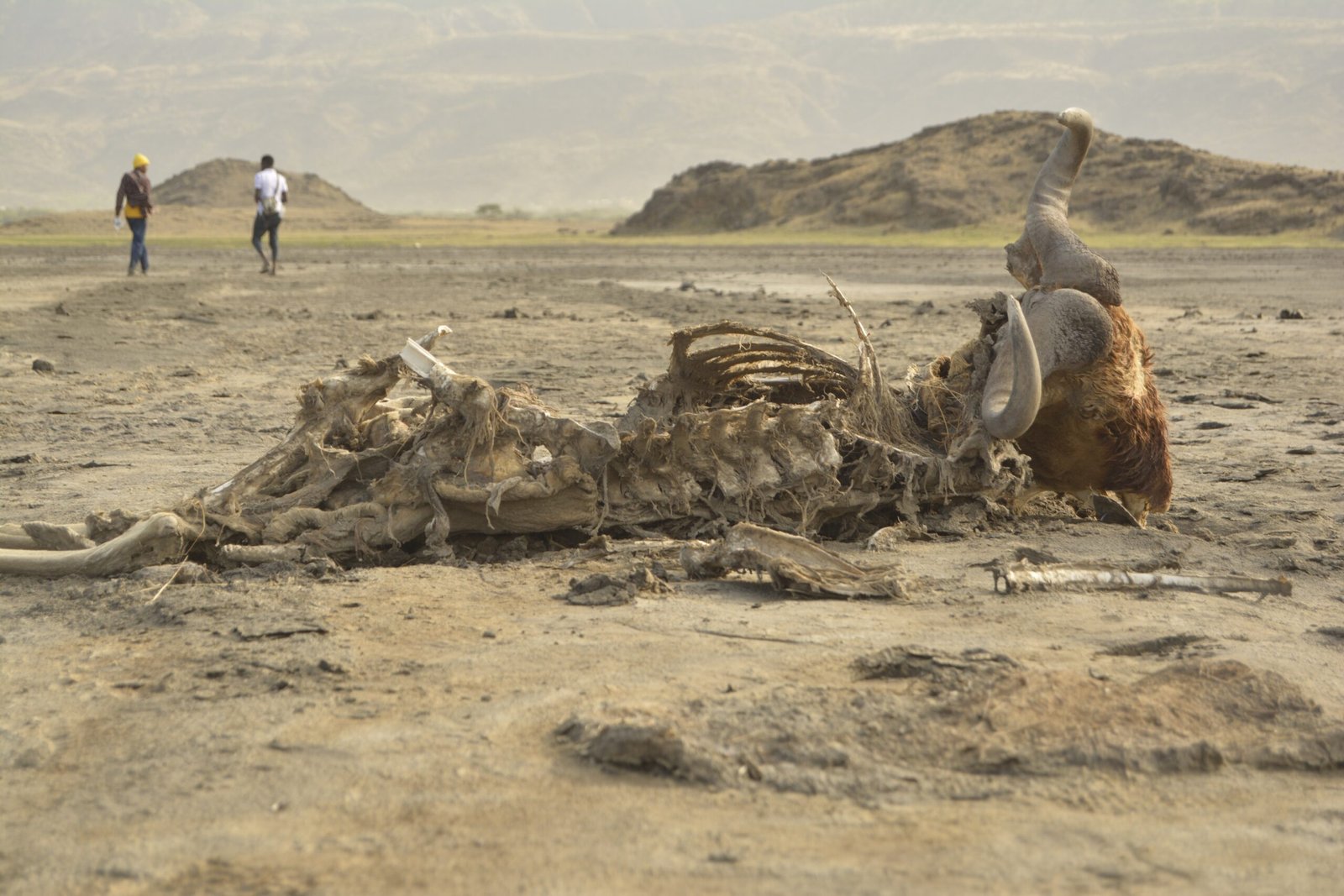
So how exactly does this transformation happen? When animals are exposed to Lake Natron’s water, their bodies lose moisture rapidly due to the high salt content—like jerky left to dry in the sun. The sodium carbonate in the water then encrusts the carcasses, creating a hardened shell. This process, called calcification, preserves even delicate details like feathers and facial features. It’s a bit like nature’s version of mummification, only with minerals instead of linen wraps. The result is a collection of natural sculptures that seem almost too perfect to be real.
Who Are the Victims?
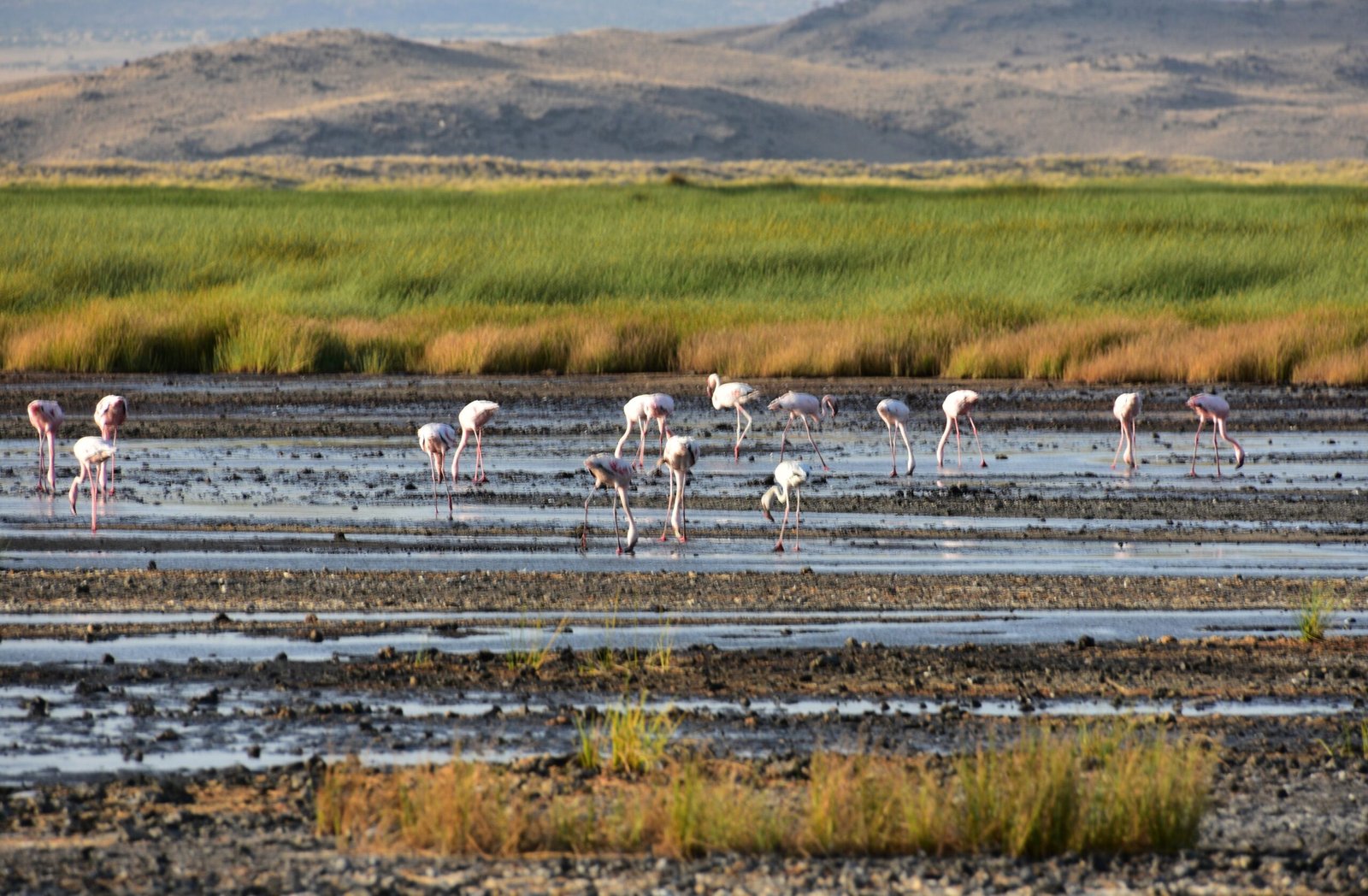
The animals most often trapped by Lake Natron’s deadly embrace are birds, especially those that skim or land on the water’s surface. Flamingos, swallows, and doves are among the most common victims, but bats and even fish-eating birds sometimes fall prey. Sometimes, these creatures mistake the lake’s glassy surface for safe landing spots, only to find themselves caught in a toxic embrace. The sheer variety of animals that end up preserved along the shoreline is a testament to how deceptive Lake Natron’s beauty can be.
Flamingo Paradox: Survivors and Victims
Ironically, Lake Natron is both a killer and a cradle of life. It serves as the world’s most important breeding ground for the lesser flamingo, hosting up to 75% of the world’s population. These elegant birds have adapted to thrive where few others can, feeding on the lake’s cyanobacteria and nesting on salty islands. Yet, even flamingos aren’t immune to the lake’s dangers; young chicks or sick adults can succumb to the harsh conditions, joining the ranks of the lake’s stone sentinels. It’s a delicate balance between life and death, survival and surrender.
The Role of Algae and Microorganisms
Beneath the surface, Lake Natron teems with life that would horrify most creatures. Salt-loving microorganisms and cyanobacteria flourish in the alkaline waters, coloring the lake with surreal reds and oranges. These tiny organisms not only give the lake its stunning hues but also sustain the flamingos by providing their primary food source. The relationship between the deadly water and the vibrant life it supports is almost poetic—proof that even the harshest environments can nurture extraordinary ecosystems.
The Ol Doinyo Lengai Connection
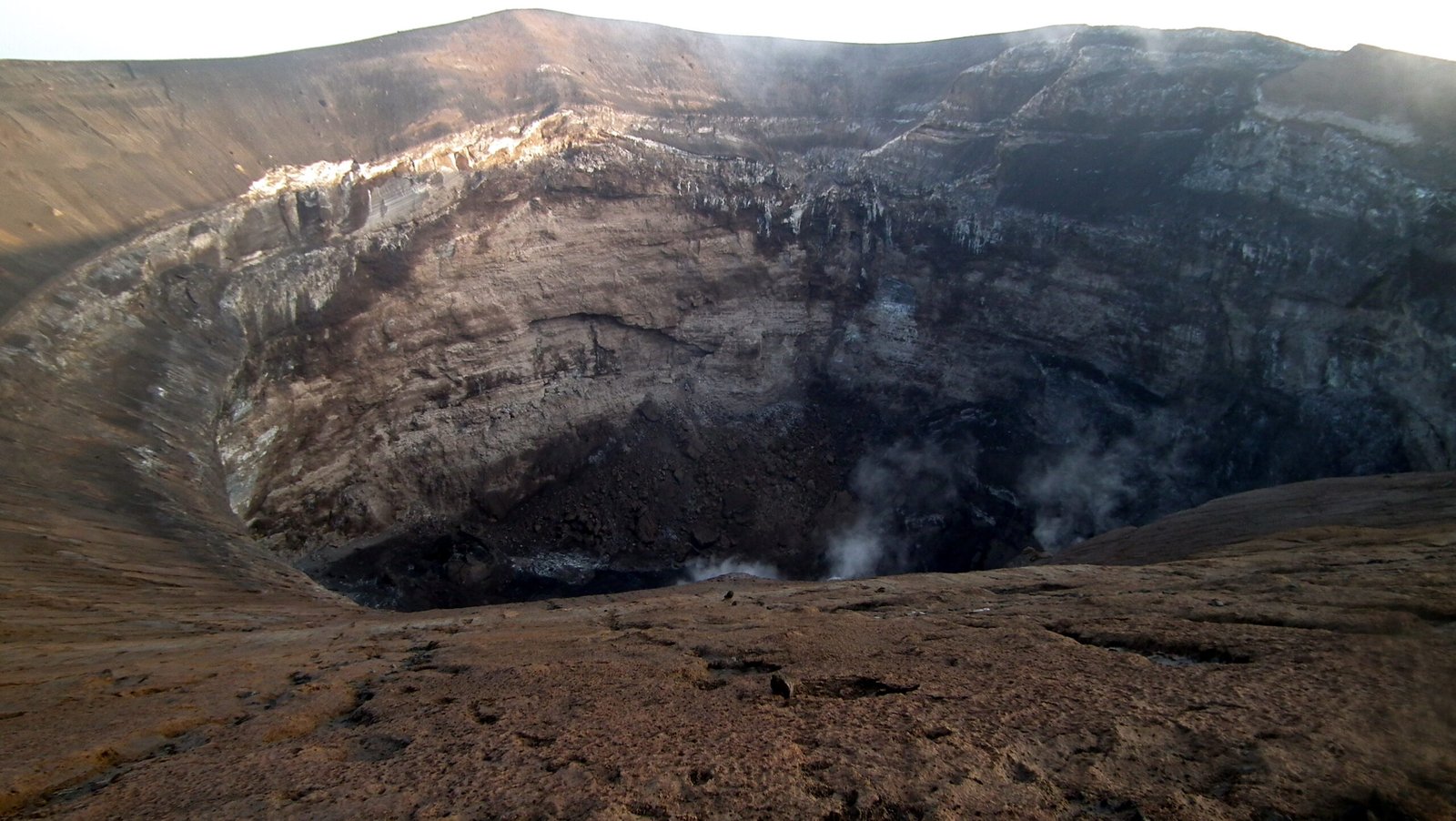
Lake Natron owes much of its unique chemistry to the nearby Ol Doinyo Lengai volcano, sometimes called the “Mountain of God” by the Maasai. This volcano releases natrocarbonatite lava, rich in sodium carbonate, which washes down into the lake during rains. Over millennia, this process has fueled Lake Natron’s transformation into an alkaline cauldron. The volcano’s ongoing eruptions ensure that the lake remains both hostile and fascinating—a place of constant change and contrast.
Mirages and Optical Illusions
The lake’s surface often plays tricks on the eyes, creating mesmerizing optical illusions. On hot days, shimmering heat waves and the reflective water make it look like a vast mirror, sometimes confusing birds and animals. From a distance, the colorful water might appear inviting, but up close, the pungent smell of sulfur and the cracked, salty ground tell a different story. For travelers, the sight of animal “statues” lining the shore adds a surreal and unsettling element to this already bizarre landscape.
Local Myths and Folklore
Lake Natron has inspired awe and fear in local communities for generations. Some Maasai legends speak of the lake as a cursed or sacred place, where spirits roam and strange creatures dwell. The sight of petrified animals has fueled stories about magical powers and ancient gods. Even today, these myths add to the lake’s aura of mystery, making it a place where science and storytelling collide in spectacular fashion.
Photographers and the Power of Images
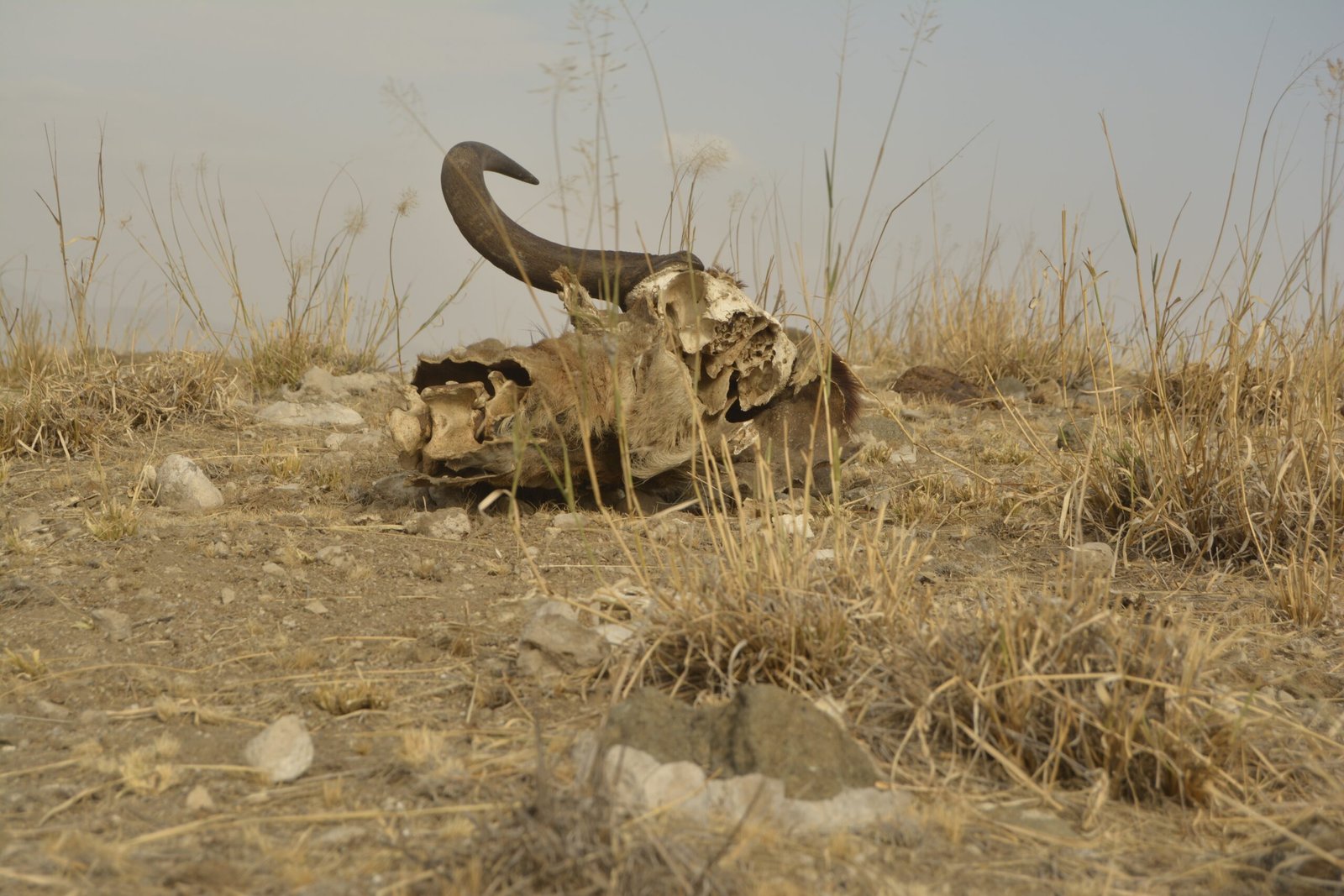
In recent years, Lake Natron’s stone animals have captivated the world, thanks in part to striking photographs by adventurous artists. The images of calcified birds and bats, posed as if in mid-action, are both beautiful and unsettling. These photographs have sparked debates about the ethics of staging and the power of nature’s own artistry. For many, they serve as a stark reminder of nature’s ability to astonish—and sometimes unsettle—the human imagination.
Conservation Challenges
Despite its harshness, Lake Natron is a fragile ecosystem facing threats from human activity. Plans for soda ash mining and dam construction have sparked outcry from conservationists, who fear such projects could disrupt the delicate balance that sustains flamingos and other wildlife. Overfishing, pollution, and climate change are additional concerns. Preserving Lake Natron’s unique wonders requires a careful balance between development and protection—a task as challenging as navigating the lake’s treacherous shores.
Climate Change and Lake Natron’s Future
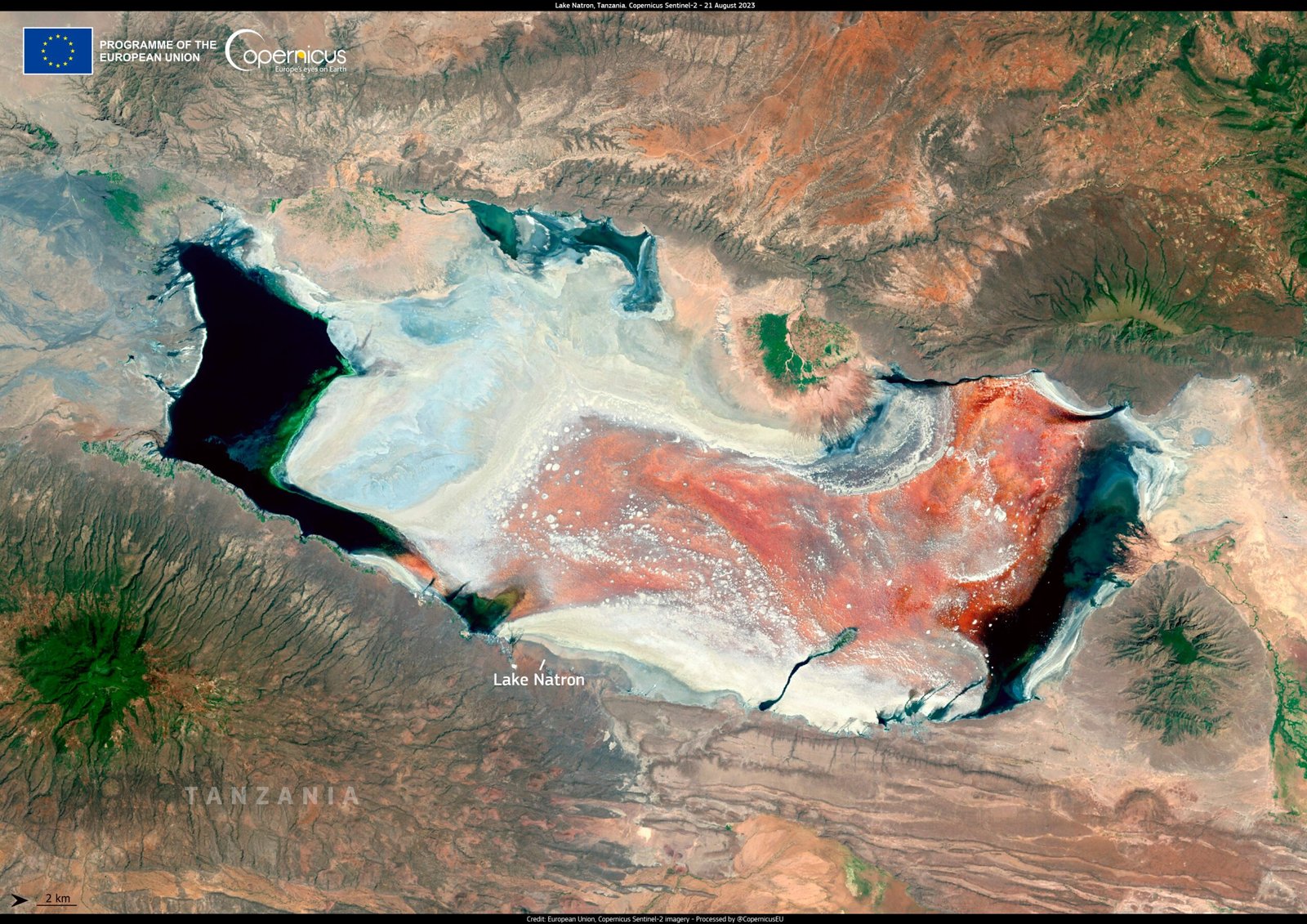
As global temperatures rise, Lake Natron’s conditions are expected to become even more extreme. Changes in rainfall patterns could alter the lake’s size and chemistry, with unknown effects on its flora and fauna. Scientists are closely monitoring these shifts, hoping to predict how the lake—and its extraordinary inhabitants—will fare in a warming world. The fate of Lake Natron is a stark reminder of how climate change can threaten even the most remote and peculiar corners of our planet.
Visiting Lake Natron: A Risky Adventure
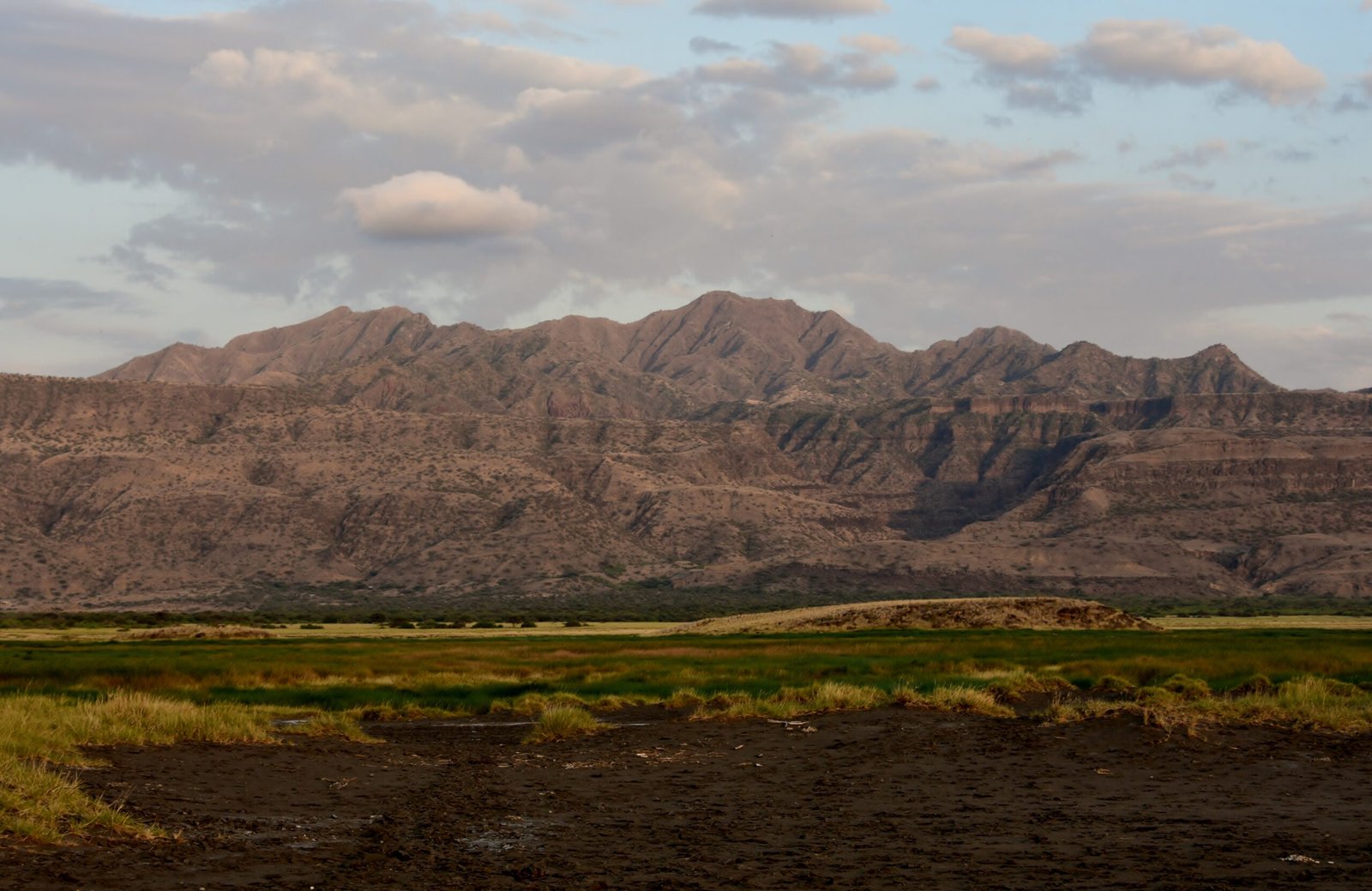
For those brave enough to visit, Lake Natron offers a surreal, unforgettable experience. Tourists can hike around the shoreline, explore nearby hot springs, and witness thousands of flamingos painting the sky pink. But the journey isn’t for the faint of heart. The heat is intense, the terrain unforgiving, and the risk of getting too close to the caustic water very real. Local guides stress the importance of respecting the lake’s power and unpredictability—after all, nature’s rules are different here.
Scientific Research on the Lake
Biologists, chemists, and geologists flock to Lake Natron, drawn by its bizarre environment and the mysteries it holds. Research teams study everything from the genetics of salt-loving microorganisms to the physics of calcification. Their findings have implications for understanding life’s limits, both on Earth and on other planets. Lake Natron serves as a natural laboratory, offering clues about how life might survive in the harshest environments imaginable.
What Lake Natron Teaches Us About Life and Death
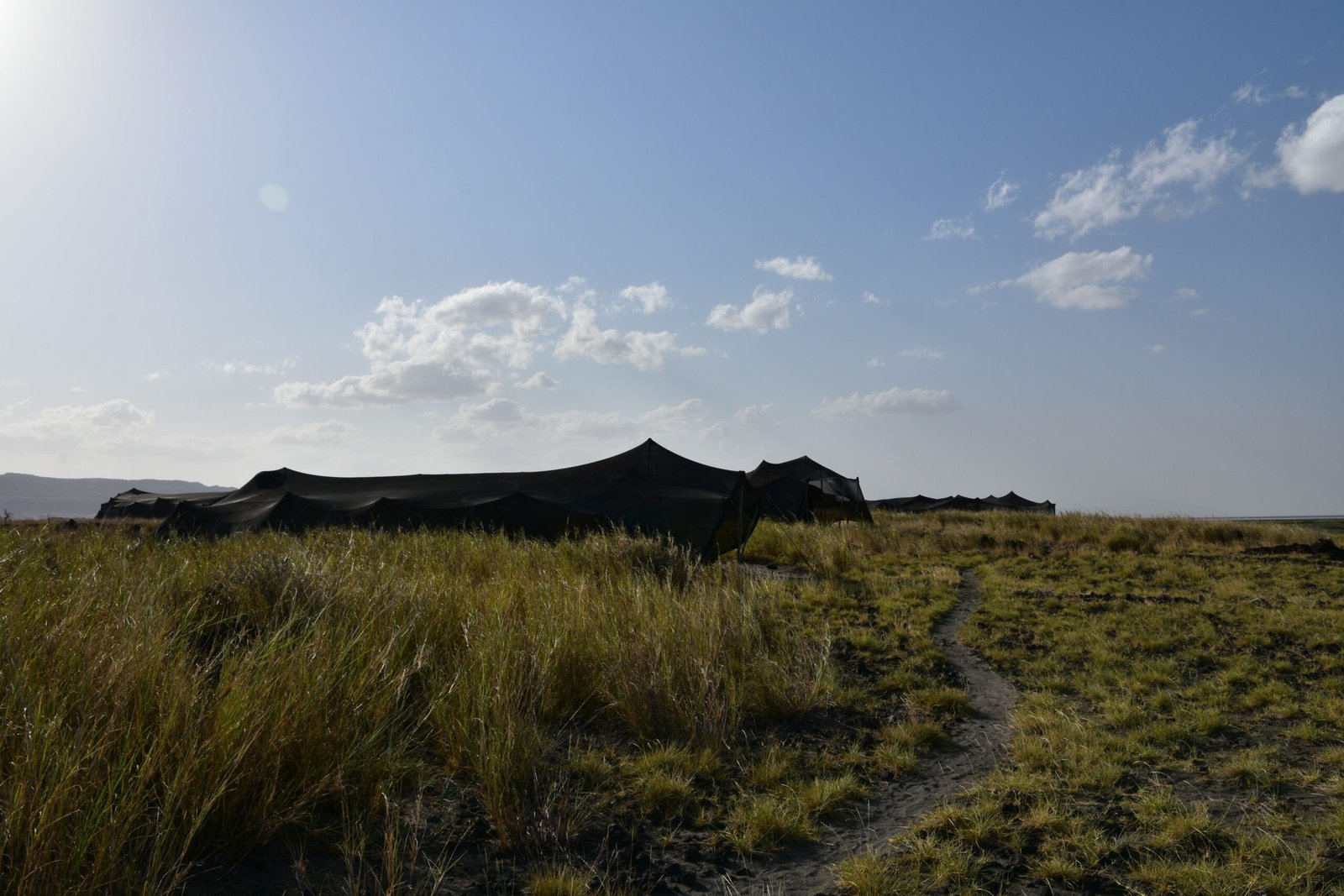
Lake Natron forces us to confront the thin line between life and death, beauty and horror. The stone animals frozen along its shores are a powerful symbol of nature’s paradoxes: a place where death creates art, and danger nourishes new life. In a world obsessed with comfort and safety, Lake Natron stands as a stark reminder that the most breathtaking wonders often arise from the most unlikely circumstances.
Lessons from a Lethal Lake
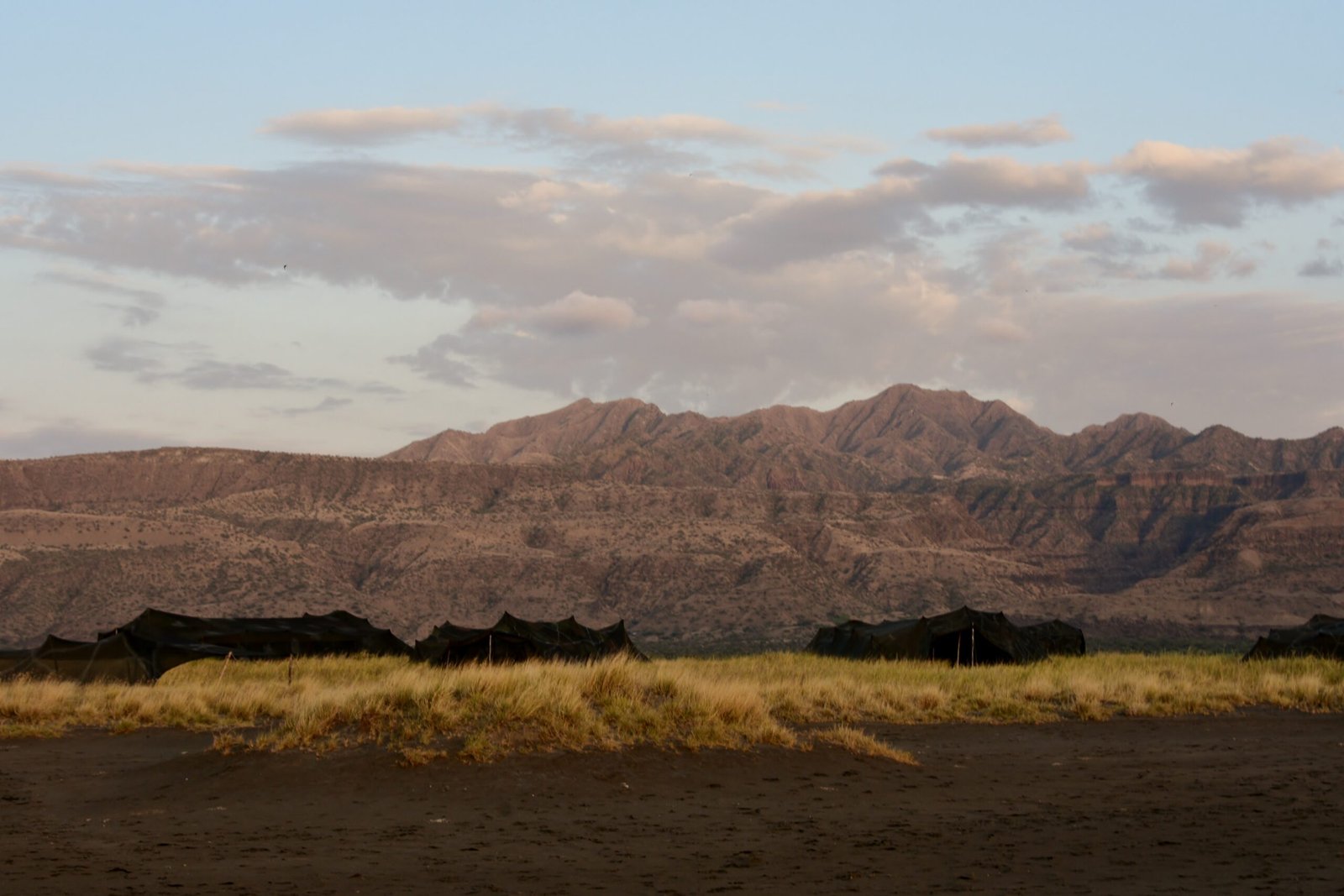
Lake Natron’s story is as much about resilience as it is about danger. From the flamingos that flourish in its toxic embrace to the microorganisms that paint its waters vibrant colors, the lake is a testament to life’s adaptability. It’s also a warning: the forces that create beauty can just as easily destroy. As we marvel at Lake Natron’s stone animals, we’re reminded that nature’s masterpieces are often forged in the crucible of adversity.



